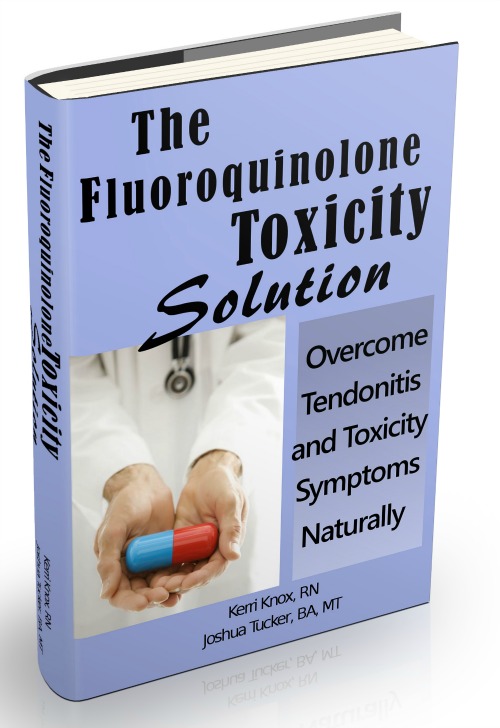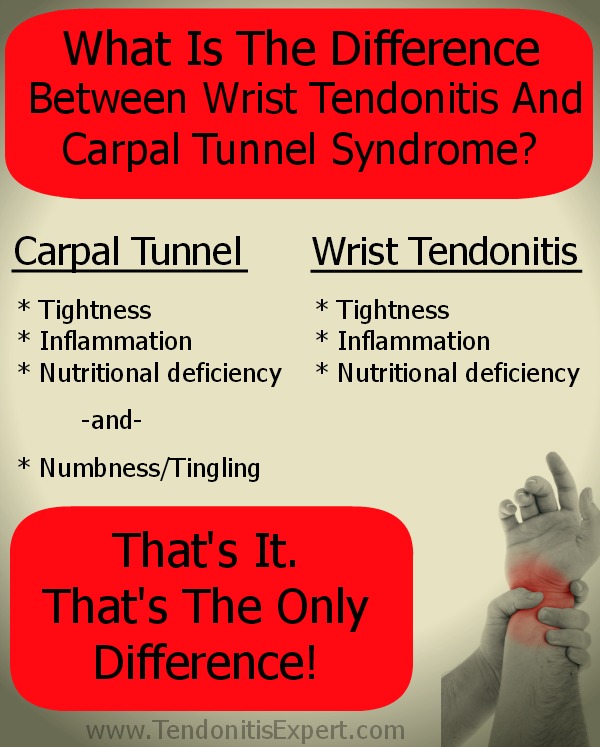Could posterior tibial tendonitis and rupture be from Levaquin taken years ago?
by S
I am a 55 year old male. For the past 3 years or so I have been dealing with posterior tibial tendon dysfunction that has really gotten bad in the past couple of months. An MRI just performed showed rupture of the tibial tendon right near the ankle bone (Achilles tendon looked perfect). I'm wondering if this could be related to Levaquin, although I took the Levaquin sometime in 2006 (so about 7 years before symptoms appeared).
At this point, Dr is recommending orthotics and physical therapy. He also was not very positive on the future, I think just hoping to gain back some functionality or stabilize at least.
My history. I have always been flat footed and ran for probably 30 years (stopped 3 years ago).
In addition to the PTTD, I also strained tendons in my left wrist in July of 2015 when trying to remove an oil filter on the car. The wrist still is not right. Xrays showed no damage.
In 2010 I had heart surgery to repair my mitral valve. I was told that two of the "tendons" that hold the valve in place were gone or ruptured and that the condition was congenital.
Having read the posts on Levaquin, I am wondering if any of this could be related. I was on a 30 day regimen of Levaquin in 2006. I also had a 10 day script of Cipro probably 15-20 years ago.
Questions: would a Levaquin injury show up so many years later?
Would the program to heal tendons be sufficient or is a Levaquin detox also in order?
Which tendon healing program should I follow.
Thanks for your help.
----
Joshua Answers:
Hi S.
The overall answer to your question is, 'yes, Levaquin can cause problems/damage years later'.
Not because the Levaquin is still active in your system, but because:
A. Levaquin depletes your body of Magnesium
B. Levaquin can/does damage the mitochondrial (power plant of the cell) population in your connective tissue (thus cells die and tendons etc get weak/fall apart).
C. A and B cause a downward spiral of other problems and nutritional insufficiency. This is how Levaquin 'directly' causes problems 'indirectly'. Meaning, the The levaquin directly causes a 'stab wound', but the resulting punctured liver and problems from blood loss is 'indirect'. (that was an attempt at analogy, for the record)
1. So yes, the tib tendon rupture can be a direct or indirect result of that.
2. If the rupture of the mitral valve tendons is in fact congenital, then obviously the Levaquin isn't a factor.
If it's not due to congenital reasons, then absolutely Levaquin
Did you have symptoms or heart murmurs before the levaquin, or any testing pre-levaquin so you could determine whether you had 'congenital' valve issues before the Levaquin?
I imagine you didn't. But ultimately it doesn't matter. More on that in a bit.
3. The wrist thing is very likely the predictable result of years of running on a nutritional insufficiency.
If the body doesn't have what it needs to operate optimally, it does as best it can as long as it can. But then you go to do a low-requirement task like removing an oil filter and end up with lasting write pain.
That's not 'normal'. That's a sign that you have much diminished function.
4. Remember I said 'but ultimately it doesn't matter'.
Whether you had mitral valve tendon rupture before Levaquin or not is an interesting mental exercise, but ultimately, you have enough clues that point to suffering from levaquin side effects, and you took A LOT of Levaquin over time, and by it's unavoidable nature Levaquin depletes the body of Magnesium.
Take those three data points into the calculation, and it's clear that at the very minimum, you should consider that you ARE suffering from Levaquin side effects.
Everybody is different. Some people have immediate and severe symptomology. Some people don't really feel it until years later after the body has trudged forward running on empty.
There's really no such thing as a 'Levaquin Detox'. But your body is in a hole, so to speak, and it would be wise to dig yourself out of that hole.
So I highly suggest getting and starting working with The Fluoroquinolone Toxicity Solution (formerly The Levaquin Tendonitis Solution)(and get on the Forum Kerri and I run to support people working with the program).
One way or another, you MUST get out of the nutritional hole, or it's predictable that you'll have more and ongoing issues like the tib and the wrist and have a hard time recovering from them...as your body continues to run on empty over time.
5. As far as the posterior tib rupture: Partial tear or complete tear?
----------------------
Please reply using the comment link below. Do not submit a new submission to answer/reply, it's too hard for me to find where it's supposed to go.
And, comments have a 3,000 character limit so you may have to comment twice.
-----------------------

Joshua Tucker, B.A., C.M.T.
The Tendonitis Expert
www.TendonitisExpert.com
| Share Your Story Achilles Tendonitis Surgery Stories Carpal Tunnel Surgery Stories Plantar Fasciitis Surgery Stories Nerve Conduction Test Stories Share YOUR stories (and horror stories!). |
Comments for Could posterior tibial tendonitis and rupture be from Levaquin taken years ago?
|
||
|
||
|
||
|
||
|
||
|
Click here to add your own comments Join in and write your own page! It's easy to do. How? Simply click here to return to Levaquin. |

